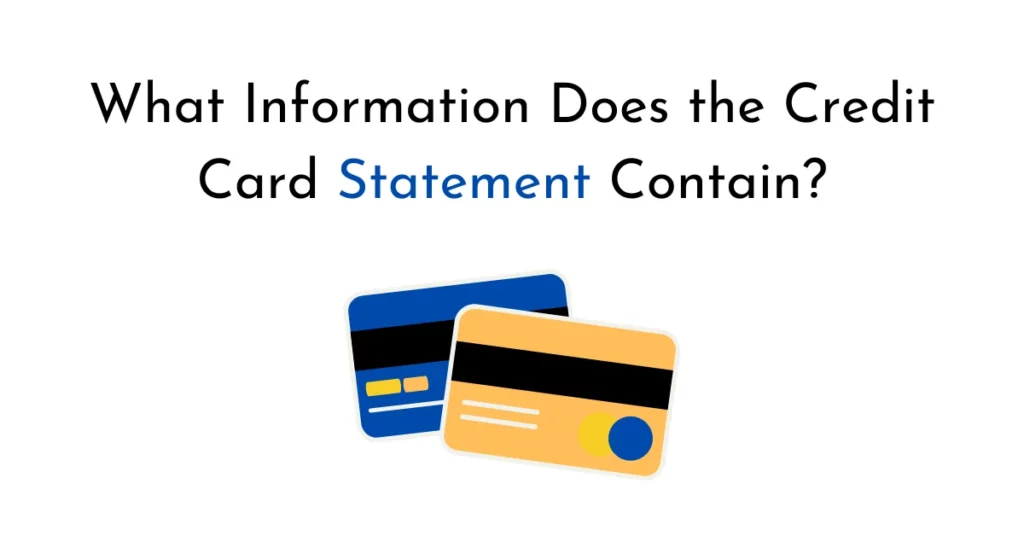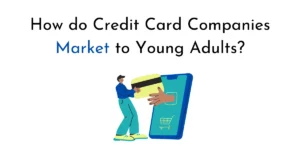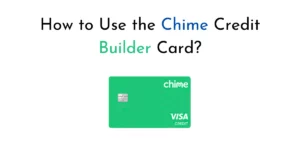When it comes to managing our finances, credit cards play a significant role in our daily lives.
Understanding the various components and documents associated with credit card usage can be overwhelming for many individuals. One such document that holds crucial information about your credit card payments is often overlooked or misunderstood.

In this comprehensive guide, we will unveil the mystery surrounding the name of the document that tells you what you need to pay on your credit card.
Understanding the Credit Card Statement
The document that outlines the details of your credit card transactions, payments, and outstanding balances is known as the credit card statement.
It is typically generated on a monthly basis by your credit card issuer and provides a comprehensive breakdown of your financial activity within a specific period.
What Information Does the Credit Card Statement Contain?
To gain a better understanding of your credit card statement, let’s explore the key components that you can expect to find:
- Account Summary: This section provides an overview of your credit card account, including the opening and closing balances, credit limit, and available credit.
- Transaction History: Here, you will find a detailed list of all transactions made during the statement period. This includes the date, description of the transaction, merchant name, and amount spent.
- Payments and Credits: This section displays any payments or credits applied to your credit card account during the statement period. It includes details such as payment amounts, dates, and the source of the payment.
- Fees and Charges: If you incurred any fees or charges on your credit card, they will be listed in this section. Examples of common fees include annual fees, late payment fees, and balance transfer fees.
- Interest Charges: If you carry a balance on your credit card and accrue interest, this section will outline the interest charges for the statement period. It is important to review this carefully to understand how much interest you are being charged.
- Rewards Summary: If your credit card offers rewards or cashback programs, this section will summarize the rewards earned during the statement period.
How to Read and Interpret Your Credit Card Statement
Now that we have familiarized ourselves with the different sections of a credit card statement, let’s discuss some essential tips to help you read and interpret the information effectively:
- Review Transactions: Go through each transaction listed in the statement and ensure they are accurate and familiar to you. If you spot any suspicious or unauthorized charges, contact your credit card issuer immediately.
- Check Due Date: The credit card statement will specify the due date for payment. It is crucial to make your payment before the due date to avoid late payment fees and negative impacts on your credit score.
- Pay Attention to Interest Charges: If you carry a balance on your credit card, interest charges can significantly impact your finances. Take note of the interest rate applied and consider paying off your balance in full whenever possible to avoid unnecessary interest expenses.
- Track Rewards and Benefits: If your credit card offers rewards or benefits, such as airline miles or cashback, make sure to review the rewards summary section. This will help you understand the value you are receiving from your credit card usage.
Additional Resources for Credit Card Statement Understanding
To further enhance your knowledge and understanding of credit card statements, consider exploring the following resources:
- Online Banking: Most credit card issuers provide online access to your account, where you can view and download your statements.
- Customer Service: If you have any specific questions or concerns about your credit card statement, reach out to your credit card issuer’s customer service department. They will be able to provide you with detailed explanations and clarify any confusion you may have.
- Educational Materials: Many credit card issuers offer educational materials, such as brochures or online guides, to help customers understand their credit card statements better. Check your issuer’s website or contact their customer service for these resources.
- Personal Finance Websites and Blogs: There are numerous personal finance websites and blogs that provide in-depth articles and guides on credit card statements and financial management. Explore reputable sources to gain valuable insights and tips.
Key Takeaways
- The document that tells you what you need to pay on your credit card is called the credit card statement.
- The credit card statement provides a comprehensive breakdown of your financial activity, including transactions, payments, outstanding balances, fees, and interest charges.
- Understanding and reviewing your credit card statement is essential to ensure accuracy, detect any unauthorized charges, and manage your finances effectively.
- Key sections of a credit card statement include the account summary, transaction history, payments and credits, fees and charges, interest charges, and rewards summary.
- Pay attention to due dates, interest charges, and rewards to optimize your credit card usage and avoid unnecessary fees or expenses.
- Utilize online banking, customer service, and educational resources to enhance your understanding of credit card statements and address any questions or concerns.
By mastering the art of reading and interpreting your credit card statement, you can take control of your finances, make informed decisions, and stay on top of your credit card payments. Remember, knowledge is power when it comes to managing your financial well-being.
Frequently Asked Questions (FAQs)
Q: What is a credit card payment form?
A: A credit card payment form is a document or online form provided by a merchant or service provider that allows you to input your credit card information to make a payment. It typically includes fields for your credit card number, expiration date, security code, and billing address.
Q: What is a credit card statement?
A: A credit card statement is a document issued by your credit card issuer that provides a summary of your credit card activity for a specific billing period. It includes details of transactions, payments, fees, interest charges, and the outstanding balance on your credit card account.
Q: What is a payment authorization form?
A: A payment authorization form is a document or agreement that grants permission to a merchant or service provider to charge your credit card for a specified amount. It is commonly used for recurring payments or when making payments over the phone, by mail, or through a physical form.
Q: How do I know how much I owe on my credit card?
A: To determine how much you owe on your credit card, you can refer to your credit card statement. The statement will provide a detailed breakdown of your outstanding balance, including any new charges, payments, and interest accrued. You can also check your balance through online banking, mobile apps, or by contacting your credit card issuer’s customer service.
Q: Can you get a statement for a credit card?
A: Yes, credit card issuers provide monthly statements to their cardholders. These statements can be accessed through online banking portals, mobile apps, or may be sent to you via mail or email, depending on your preferred communication method.
Q: Do credit cards have statements?
A: Yes, credit cards have statements. Credit card statements are generated on a monthly basis and provide a comprehensive summary of your credit card transactions, payments, fees, and outstanding balances. Reviewing your credit card statements is crucial for understanding your financial activity and managing your credit card effectively.



